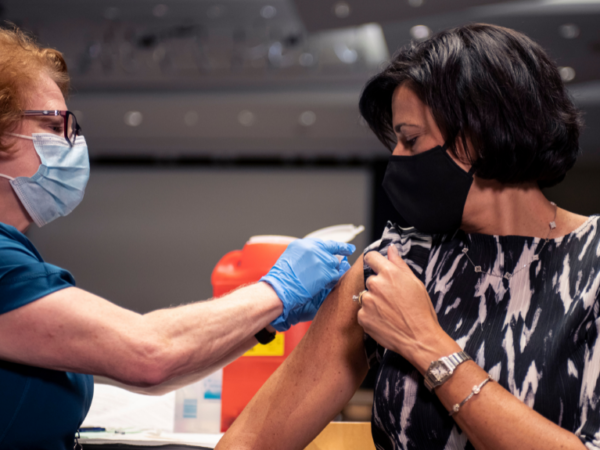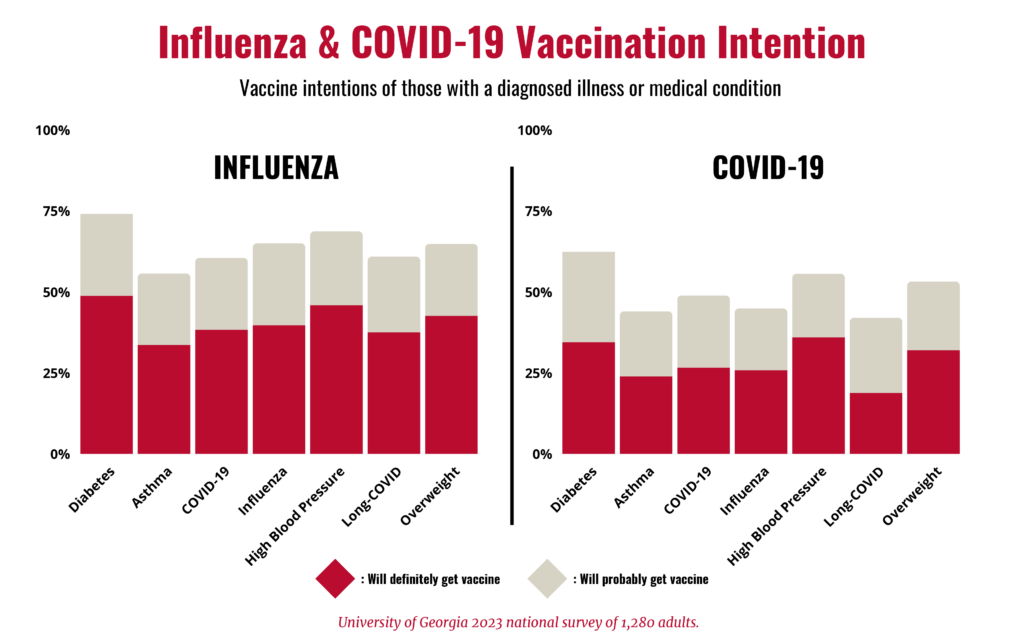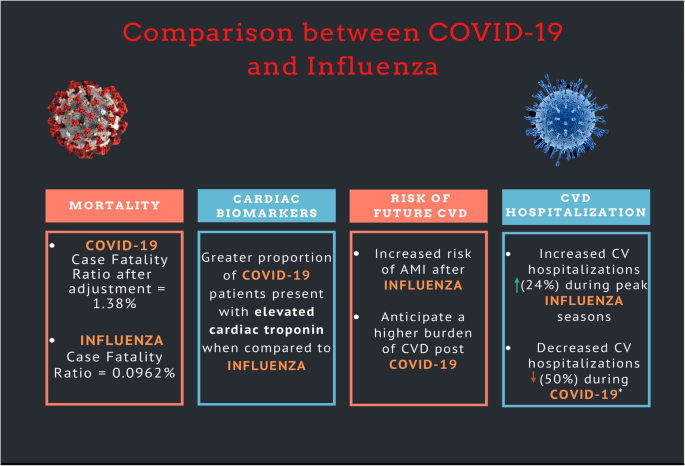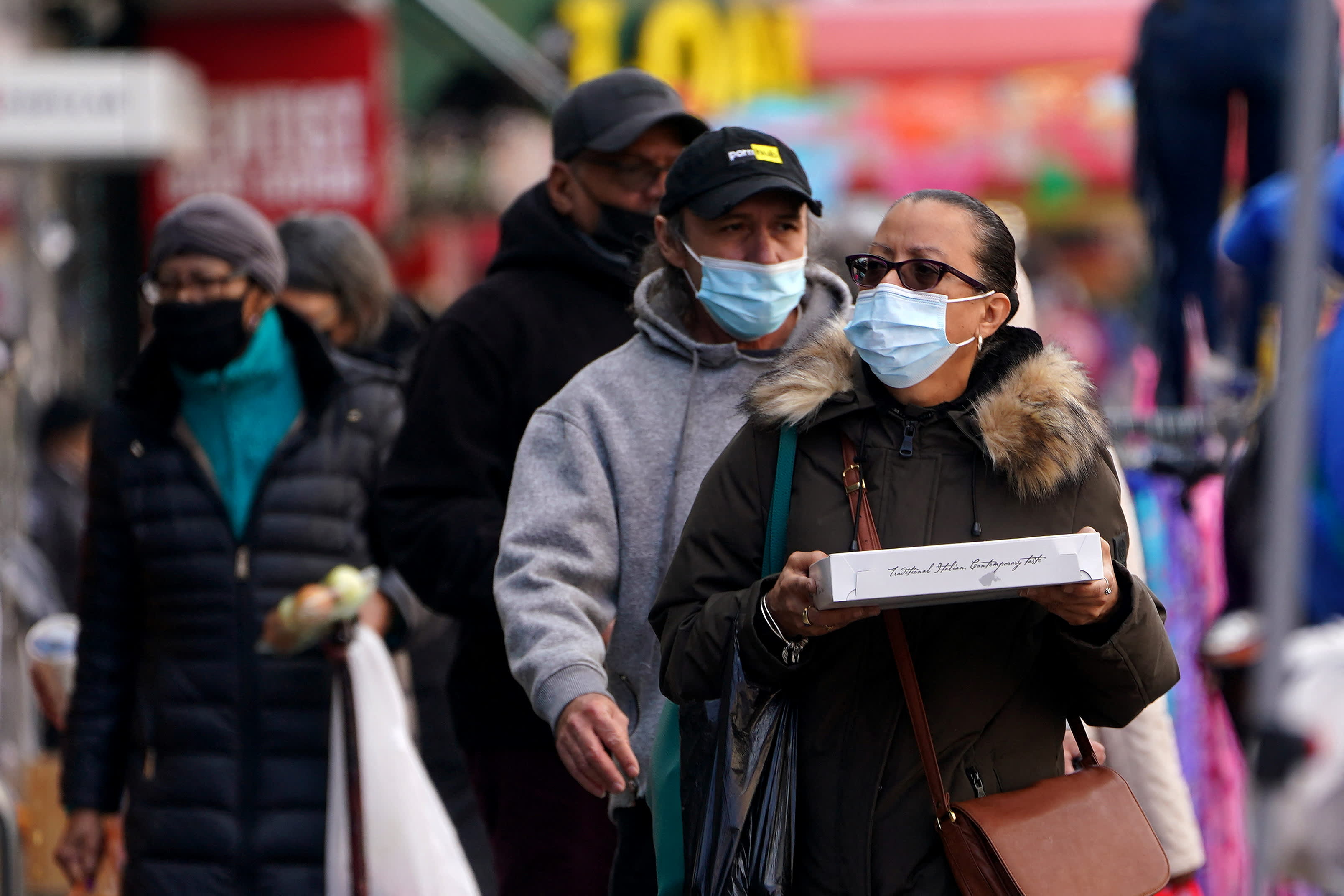
As we navigate through the aftermath of the COVID-19 pandemic, many countries are witnessing a rise in influenza rates. The current flu situation, the countries affected, and how the pandemic has influenced our vulnerability to respiratory viruses.
High Flu Rates in Various Countries
Recent data indicates that influenza activity is notably high in several regions, particularly in North America and Europe. The USA, Canada, and some European nations are experiencing high flu rates.

Some areas reporting the highest levels of influenza activity since the swine flu pandemic in 2009. The Centers for Disease Control and Prevention (CDC) has noted that flu-related hospitalizations are more than 3 times higher than for COVID-19.
The Link Between COVID-19 and Influenza Vulnerability
The COVID-19 pandemic has had a profound impact on the dynamics of respiratory viruses, including influenza. During the early stages of the pandemic, stringent public health measures such as social distancing, and mask-wearing. And lockdowns reduced the transmission of influenza.

However, as these measures, there has been a resurgence of flu cases, raising concerns about increased vulnerability in populations.
Waning Immunity
One of the key factors contributing to the current flu rates is the concept of waning immunity. With lower influenza activity during the pandemic years, many individuals, particularly children.
Those who previously missed opportunities to build or boost their immunity against the virus. This has resulted in a larger susceptible population, easier for influenza to spread once public health measures.
Interaction Between Viruses
The interaction between SARS-CoV-2 and influenza viruses is also noteworthy. Studies have shown that during periods of high COVID-19 circulation, influenza cases decreased.

However, as COVID-19 restrictions eased, influenza cases surged unexpectedly, indicating a shift in the typical patterns of viral circulation. This interplay suggests that the presence of one virus can influence the behaviour of the other, complicating public health responses.
Conclusion
The current high rates of influenza in various countries can be a combination of factors. The relaxation of COVID-19 restrictions and the resulting waning immunity in the population. As we continue to monitor the situation, individuals must remain vigilant and consider vaccination as a means to protect themselves against both influenza and COVID-19.
Read more on Lifetips.blog














